Color Printing Packaging Line, Imported New High-end Printing Equipment
Home / Product / Power Distribution Accessory / Optical Cable Wiring Series Accessory / Fiber Optic Adapter Optical Cable Wiring Series Power Distribution Accessory
Fiber Optic Adapter Optical Cable Wiring Series Power Distribution Accessory
Product implementation standards: YD/T1272, ISO/IEC 11801, ANSI/EIA/TIA-568-C.3.
Details & specifications
Zhejiang Wanma Tianyi Communication Wire & Cable Co., Ltd.
Related Products
lEAVE A MESSAGE
News
-
Wanma Tianyi Communication Wire & Cable Debut at 2025 Thailand (Asia) Power & New Energy Exhibition
November 12-14, 2025 Thailand (Asia) Power & New Energy Exhibition POWEREX & ELECTRIC ASIA 2025 will b...

-
Connecting the World, Shaping the Future | Wanma Tianyi Communication Wire & Cable Debut at CeMAT ASIA 2025
October 28-31, 2025, CeMAT ASIA, the Asia International Logistics Technology and Transport Systems Exhibition,...

-
Wanma Tianyi Communication Wire & Cable Makes Its Debut at the Uzbekistan and Kazakhstan Power and Energy Exhibition, Focusing on the Central Asian International Market!
From October 21 to 23, the overseas business team of Wanma Tianyi Communication Wire & Cable continued its...

-
Wanma Tianyi Communication Wire & Cable at Cross-Border Robotics Industry Matchmaking Event and Hangzhou Humanoid Robotics Development Conference
On October 15, the Multinational Robotics Industry Matchmaking Event and Hangzhou Humanoid Robotics Developmen...

Product knowledge extension
Fiber optic adapter optical cable wiring series power distribution accessories are an essential component of modern technology, providing users with a reliable way to distribute power and data among various devices using fiber optic cables. These accessories offer a simple and effective way to connect and power various fiber optic-enabled devices, including computers, servers, routers, switches, and other network components. One of the primary advantages of fiber optic adapter optical cable wiring series power distribution accessories is their ability to distribute power and data using fiber optic cables. Fiber optic cables offer a much higher data transfer rate than traditional copper cables, enabling users to transfer data at high speeds over long distances with minimal signal loss. This feature is particularly useful for people who require high-speed and reliable data transfer, such as businesses, hospitals, and research institutions.
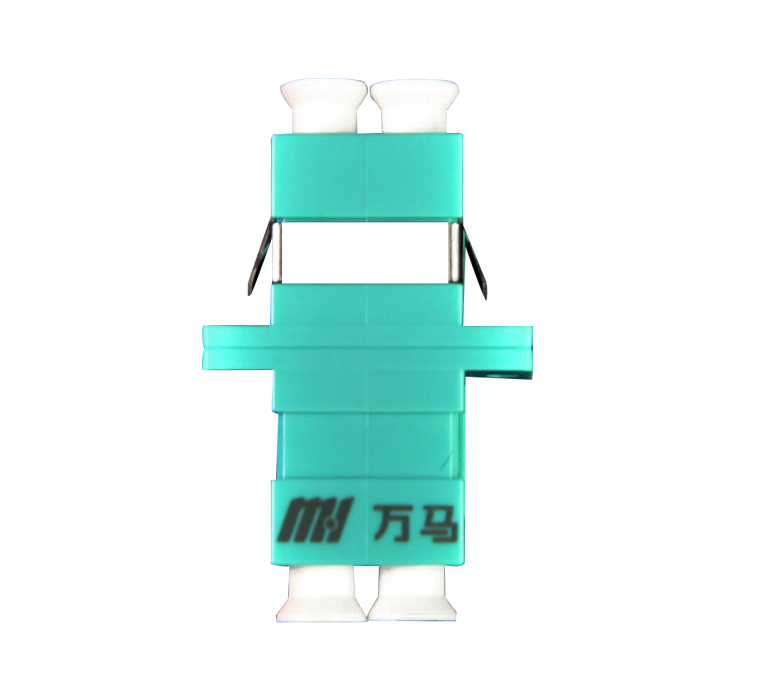

-2.jpg)
-1.jpg)
.jpg)


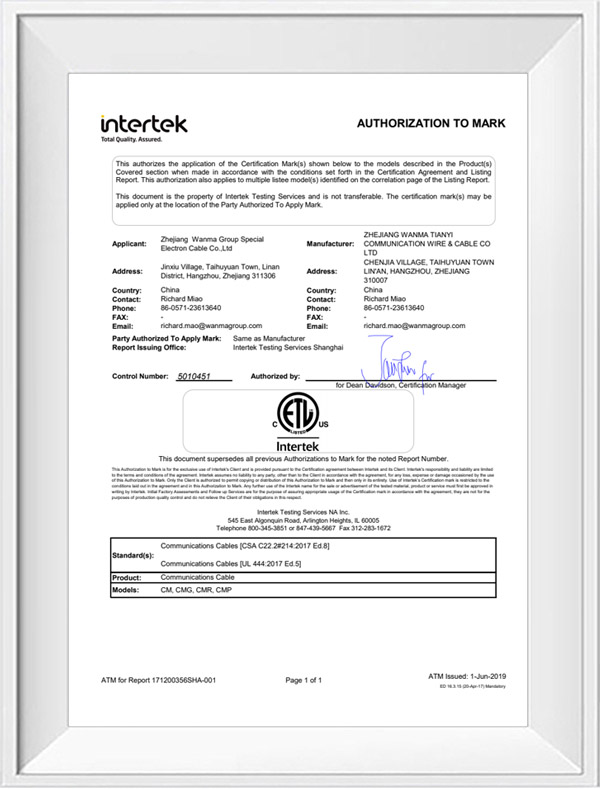
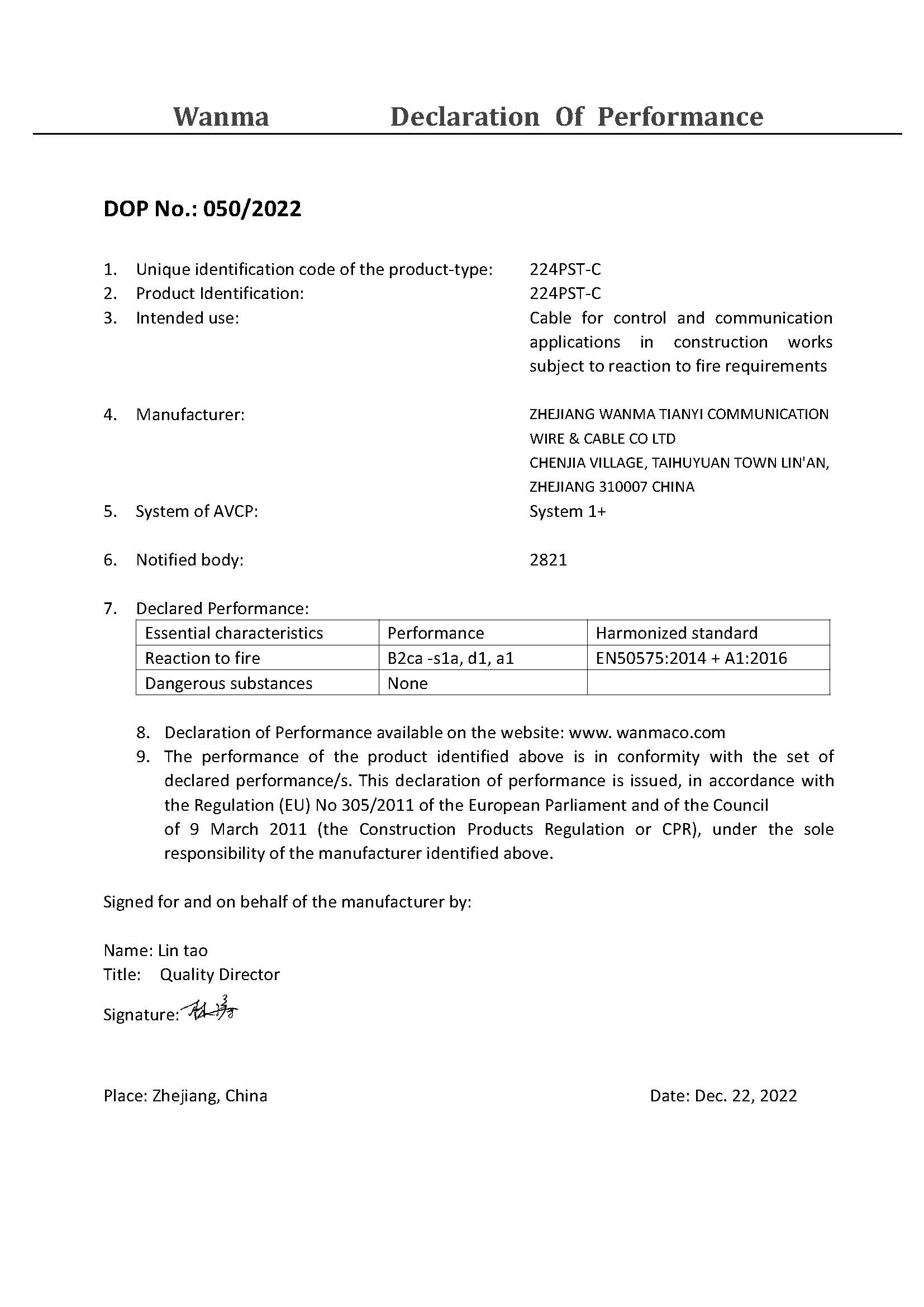
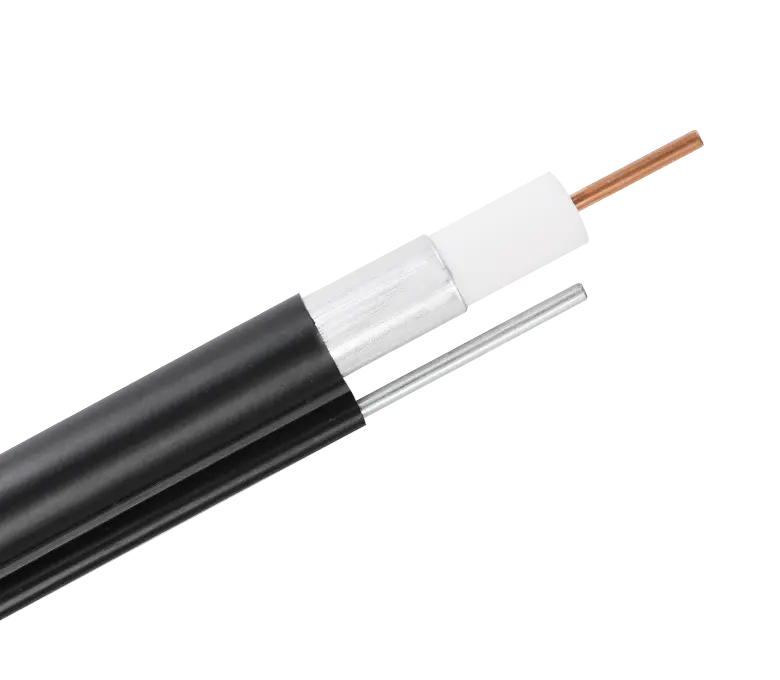
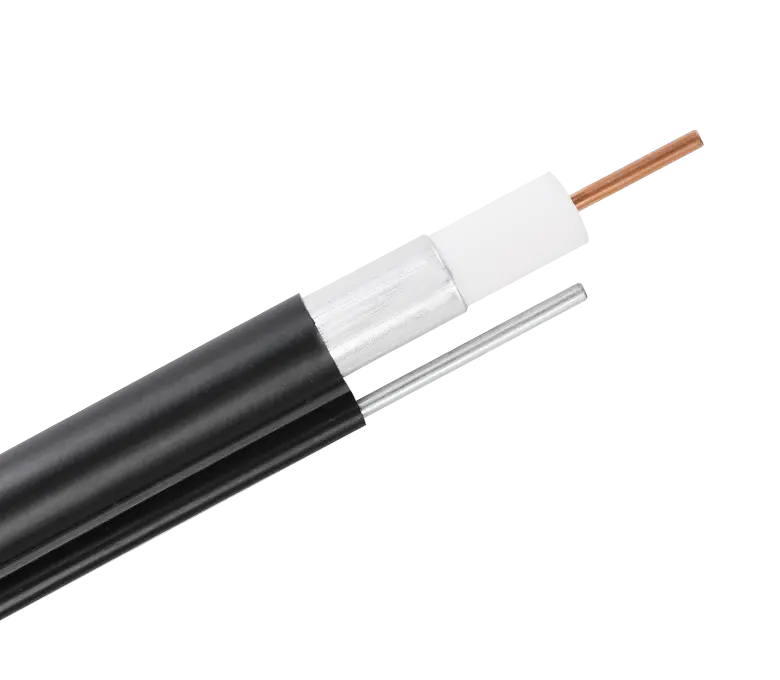
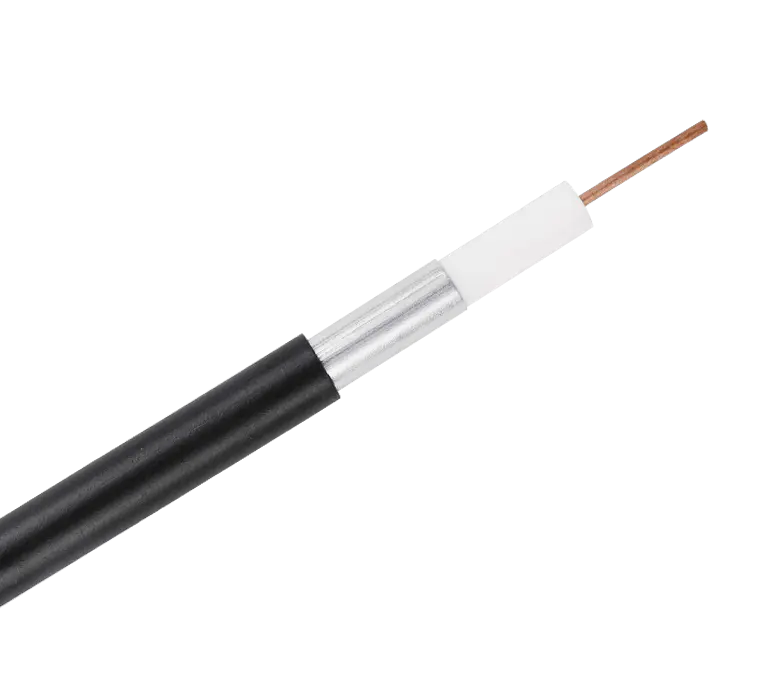
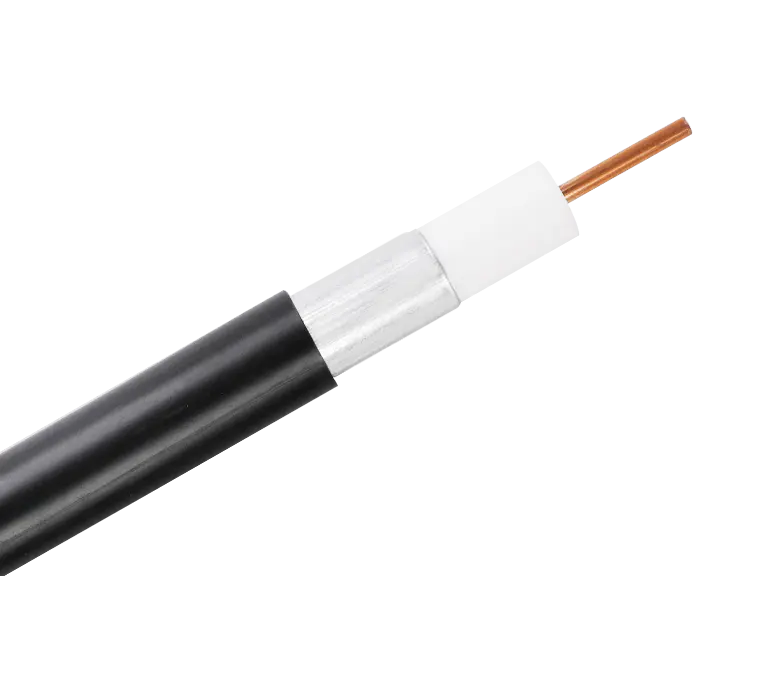
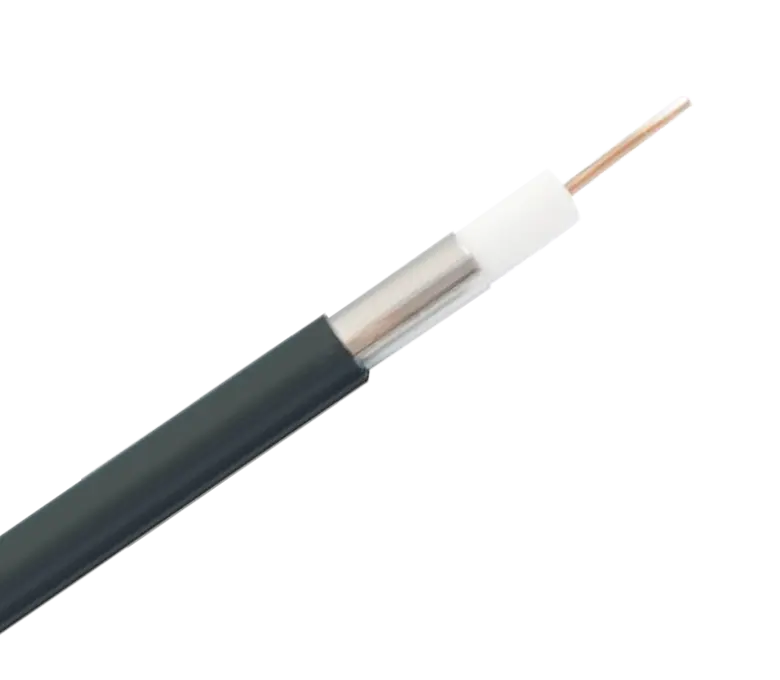
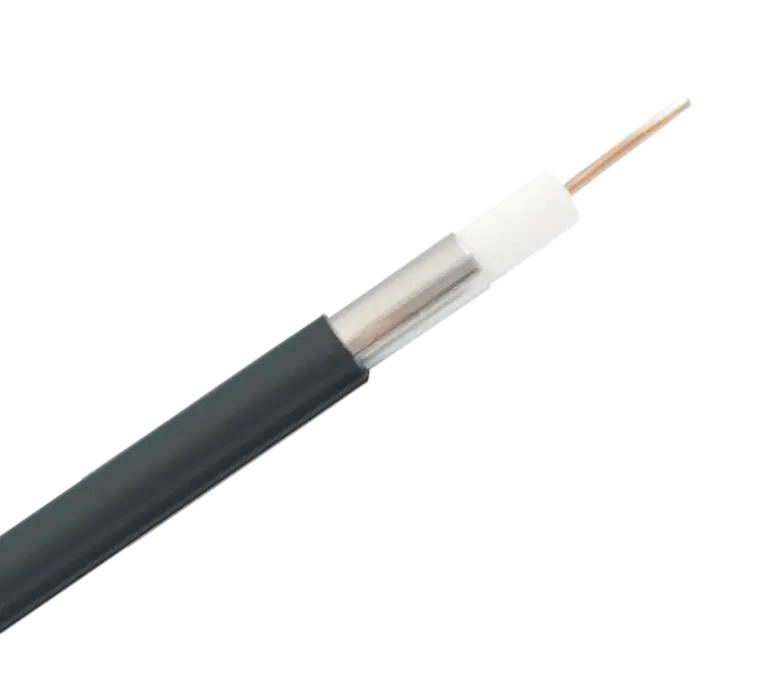
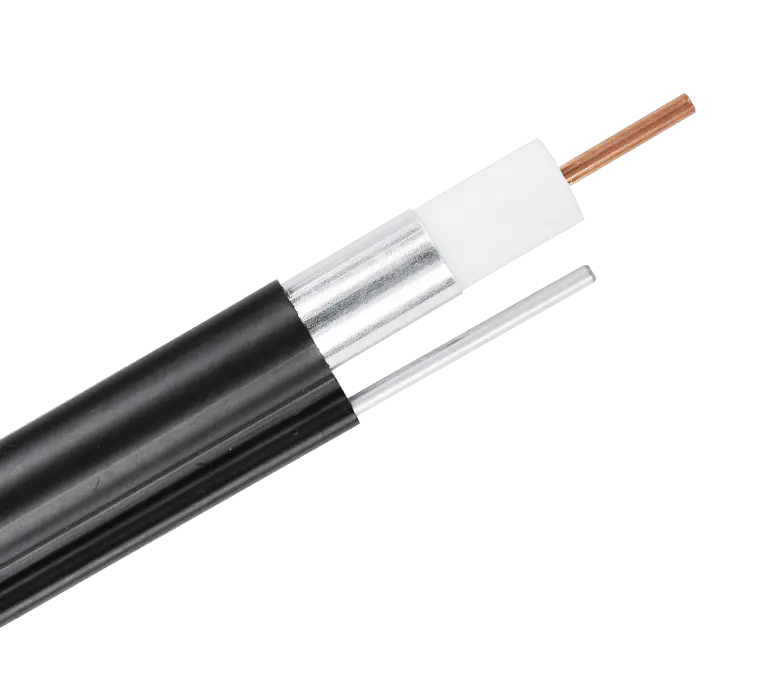
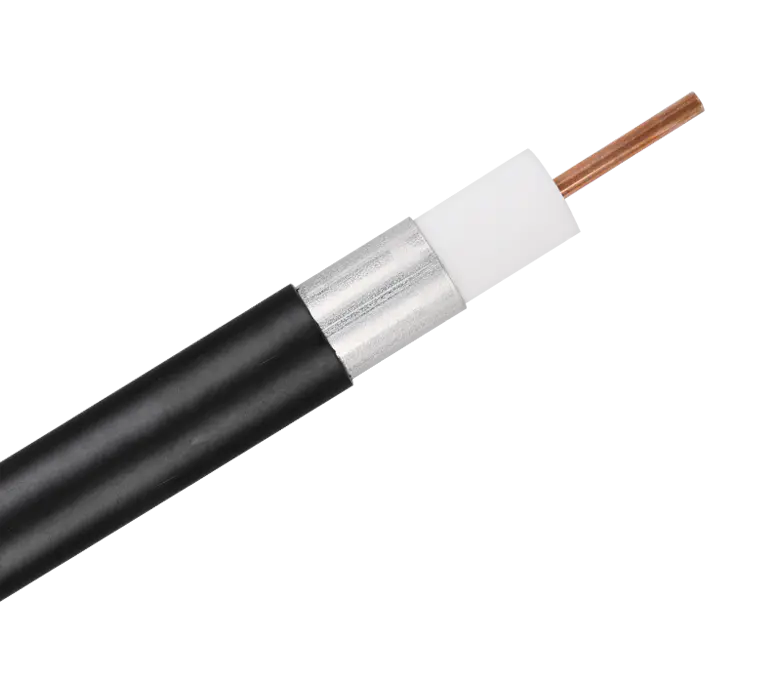
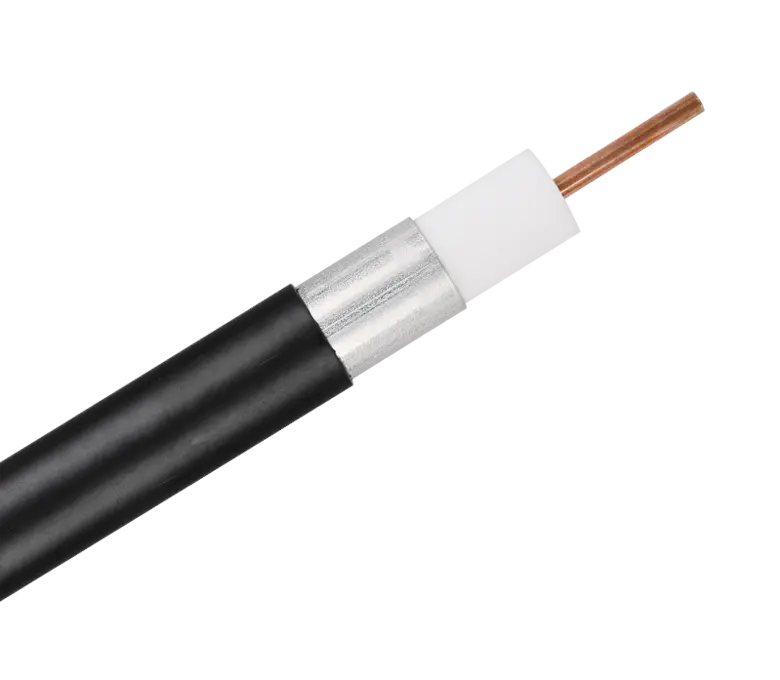
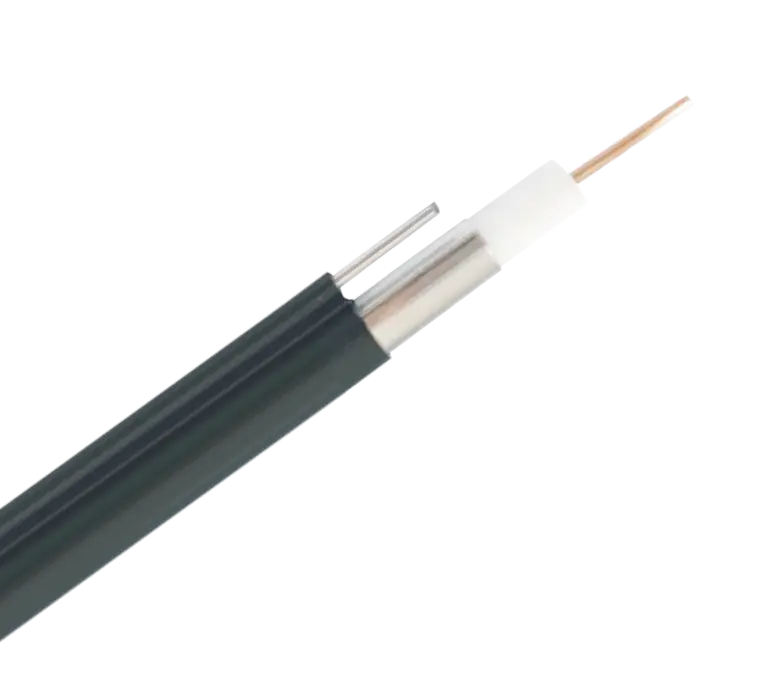
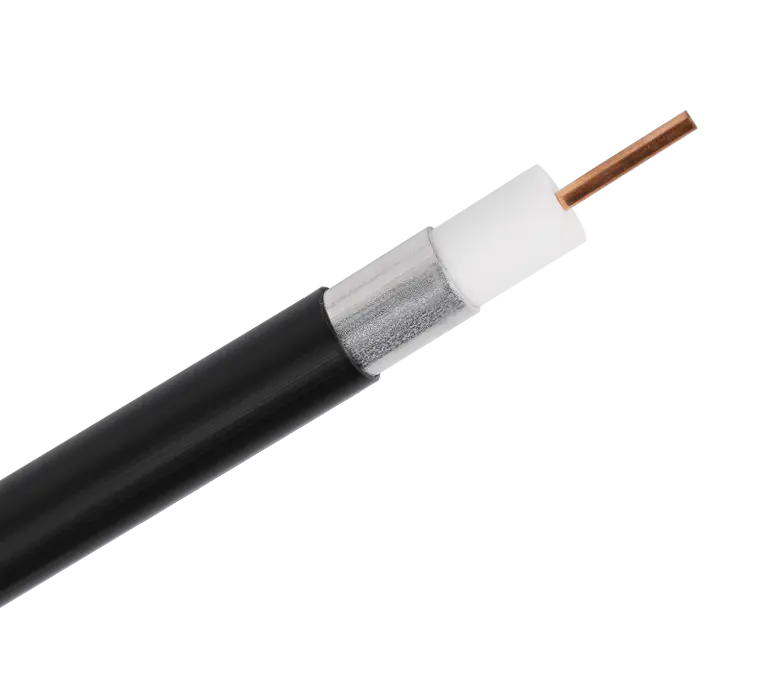

 浙公网安备33018502001191号
浙公网安备33018502001191号